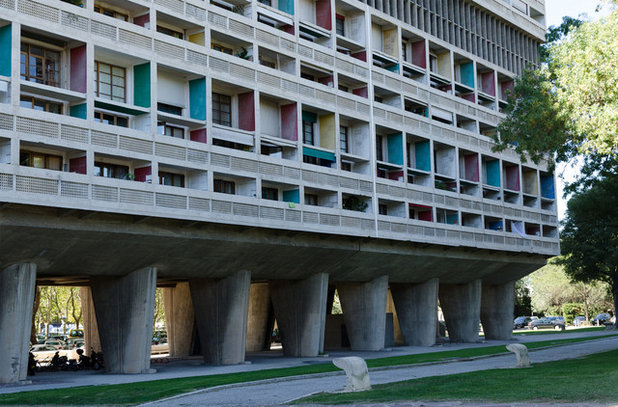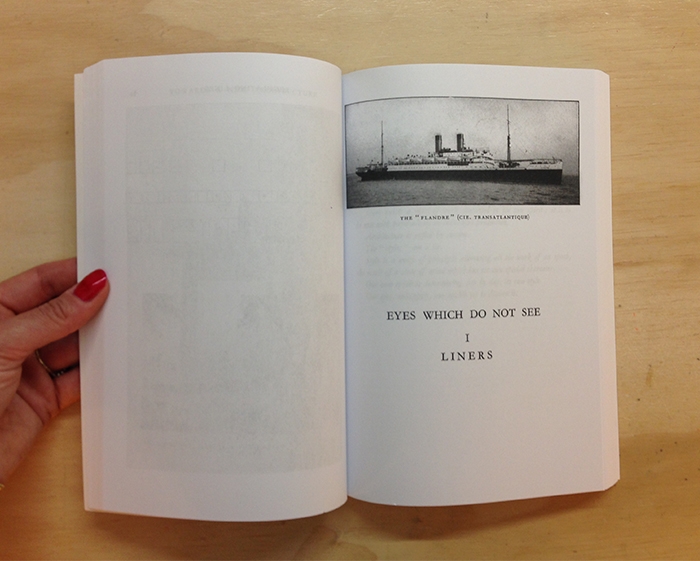

 Horizontal window – ribboned windows run alongside the façade’s length, lighting rooms equally, while increasing sense of space and seclusion. Free design of the façade – separated exterior of the building is free from conventional structural restriction, allowing the façade to be unrestrained, lighter, more open. The absence of load-bearing partition walls affords greater flexibility in design and use of living spaces the house is unrestrained in its internal use Free design of the ground plan – commonly considered the focal point of the Five Points, with its constructional dictating new architectural frameworks. They are the foundations for aesthetic agility, allowing for free ground floor circulation to prevent surface dampness, as well as enabling the garden to extend beneath the residence Pilotis – a grid of slim reinforced concrete pylons that assume the structural weight of a building.
Horizontal window – ribboned windows run alongside the façade’s length, lighting rooms equally, while increasing sense of space and seclusion. Free design of the façade – separated exterior of the building is free from conventional structural restriction, allowing the façade to be unrestrained, lighter, more open. The absence of load-bearing partition walls affords greater flexibility in design and use of living spaces the house is unrestrained in its internal use Free design of the ground plan – commonly considered the focal point of the Five Points, with its constructional dictating new architectural frameworks. They are the foundations for aesthetic agility, allowing for free ground floor circulation to prevent surface dampness, as well as enabling the garden to extend beneath the residence Pilotis – a grid of slim reinforced concrete pylons that assume the structural weight of a building. 
Five Points of Architecture ĭeveloped in the 1920s, Le Corbusier’s ‘Five Points of Modern Architecture’ (French: Cinq points de l'architecture moderne) are a set of architectural ideologies and classifications that are rationalized across five core components: The New Spirit) it then appeared in Le Corbusier’s seminal collection of essays, Vers une architecture (trans. įirst published in the artistic magazine, L'Esprit Nouveau (trans. It outlines five key principles of design that he considered to be the foundations of modern architectural discipline, which would be expressed though much of his designs. Le Corbusier's Five Points of Architecture is an architecture manifesto conceived by architect, Le Corbusier.







 0 kommentar(er)
0 kommentar(er)
